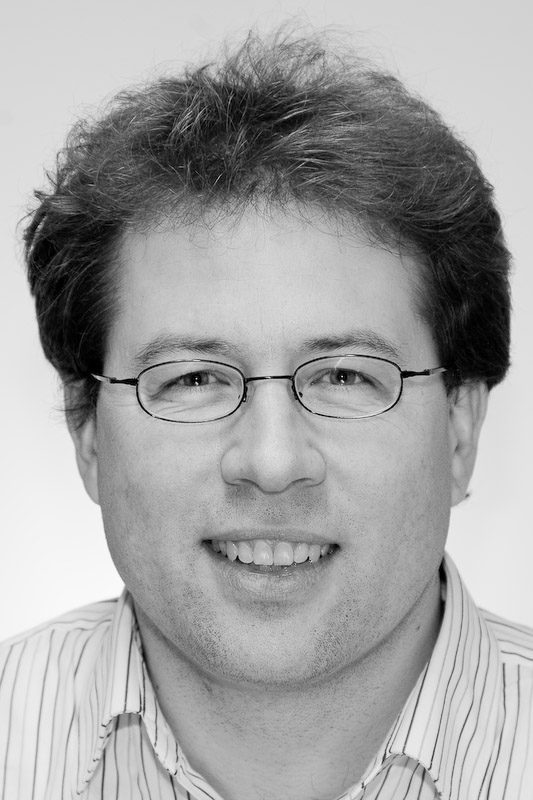
Projektleiter:
Dr. Sven Burger
/
Prof. Dr. Frank Schmidt
Projekt Mitglieder:
Felix Binkowski
Laufzeit: 01.06.2017 - 30.09.2019
Status:
beendet
Standort:
Konrad-Zuse-Zentrum für Informationstechnik Berlin
Projektleiter:
Prof. Dr. Rupert Klein
/
Prof. Dr. Frank Schmidt
Projekt Mitglieder:
Dr. Sven Burger
/
Dr. Martin Hammerschmidt
Laufzeit: -
Status:
beendet
Standort:
Konrad-Zuse-Zentrum für Informationstechnik Berlin